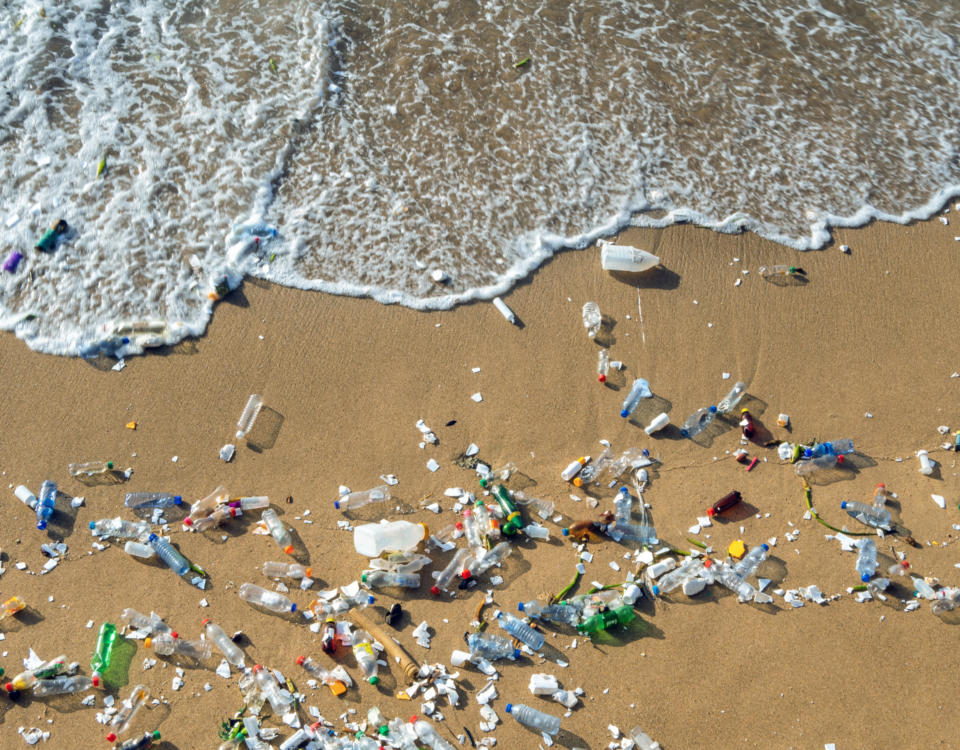New Research Finds Microplastics in Humans
A recent report reveals that researchers have discovered microplastics in the bloodstream of a handful of blood donors and in the lung tissue of about a dozen patients awaiting surgery. Another recent study found microplastics in placentas.
What are microplastics?
Microplastics are defined as any particle of plastic less than 5 millimeters in size, but larger than 1 micrometer. They are often smaller than the tiniest grain of sand or a fraction of the width of a human hair.
How do microplastics get into the body?
Research has found that microplastics mainly enter the body in two ways: Inhalation by the nose and mouth or through eating food or drinks that contain these microscopic particles. Microplastics have also been found in dust that accumulates in our homes as well as in shellfish sold at grocery stores.
Over the past 65 years, plastic production grew an average of about 8.4 percent each year, according to an estimate published in the journal Science. In addition to the plastic waste you can see daily, scientists have reported microplastic pollution more than 5 miles above sea level (from snow near the summit of Mount Everest) and also in the deepest parts of the ocean (including from seawater in the Marianas Trench).
What can you do?
- Reduce your use of single-use plastic. Opt instead for reusable glass water bottles or BPA-free plastic and storage containers.
- Recycle.
- Support and volunteer with national and local organizations that fight pollution.










